Categories
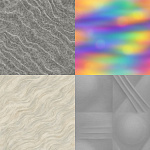
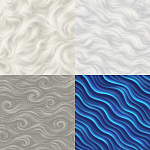

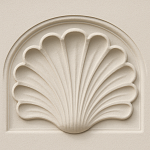
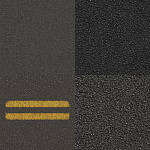

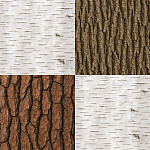
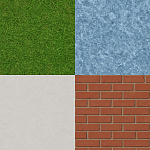
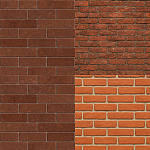
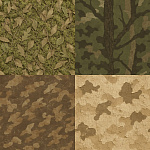


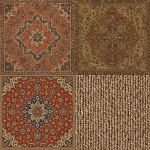
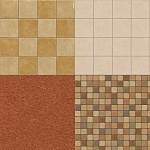
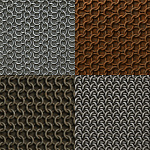

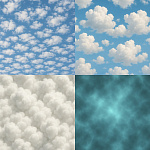
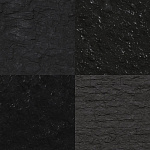
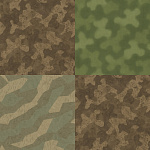
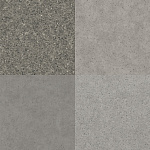
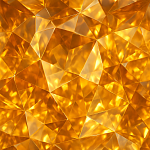

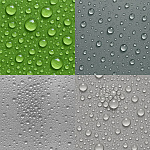
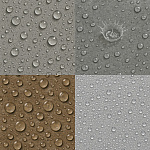

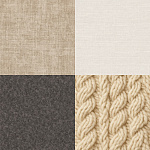
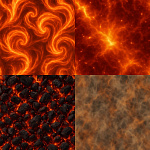
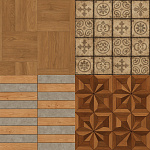

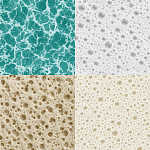
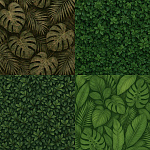
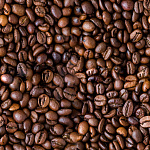
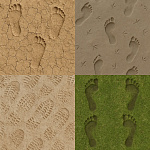
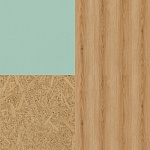
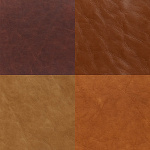
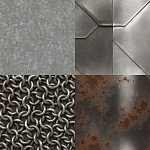
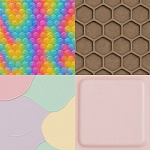
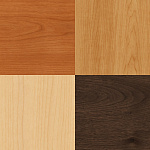

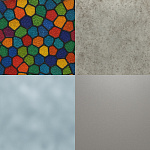

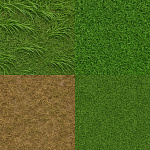

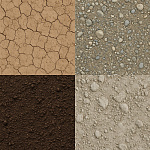
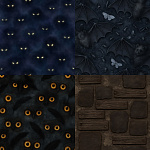
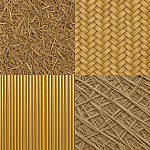
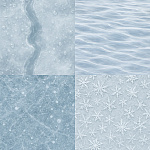
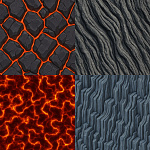
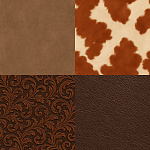
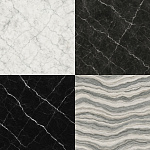
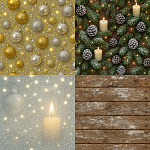
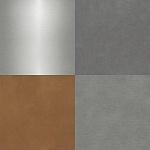
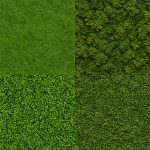
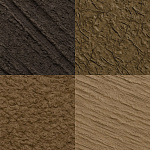
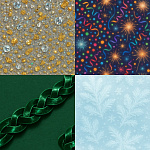

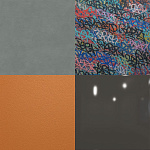
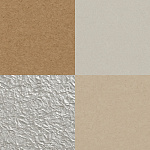
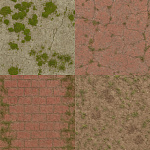
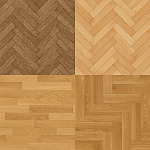
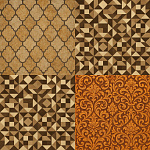
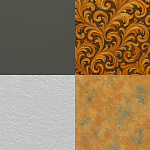
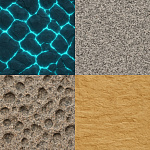
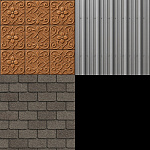
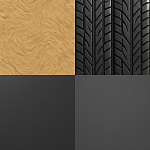
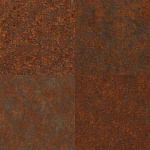
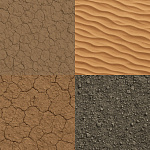
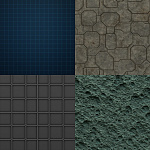

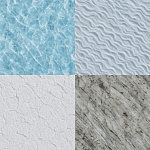
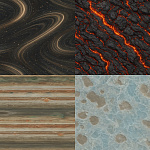
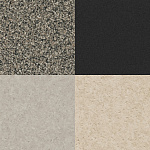
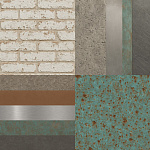
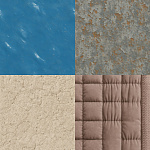
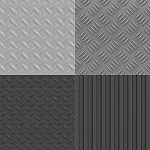
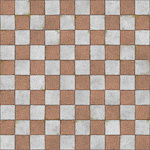

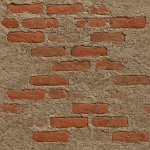

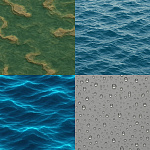

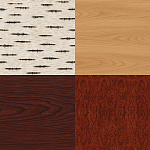

Ambient categories
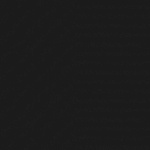
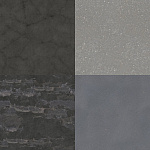
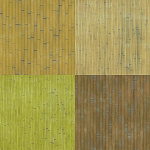
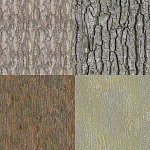
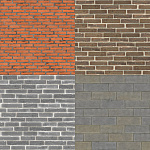
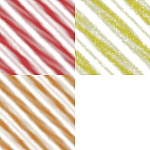
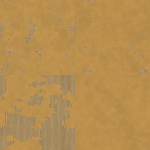
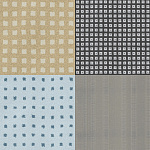
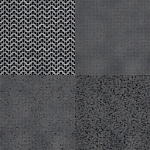
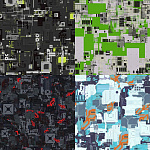
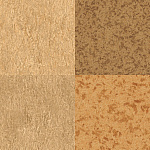
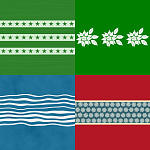
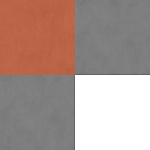
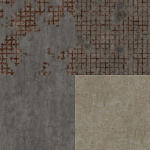
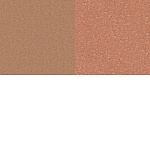
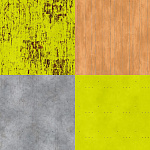
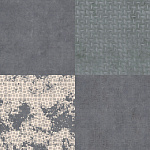
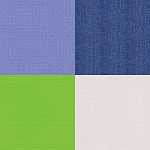
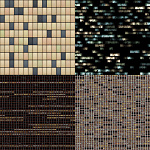
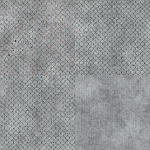
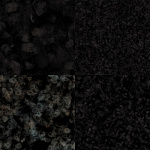
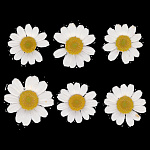
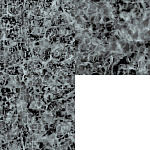
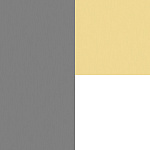
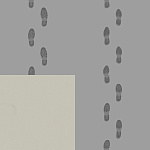
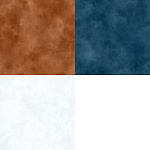
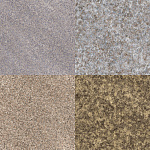
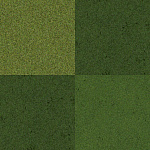
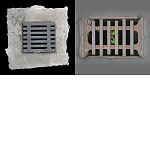
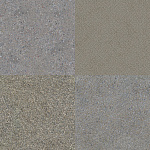
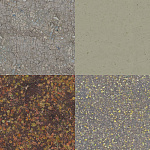
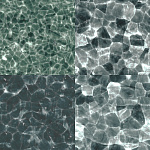
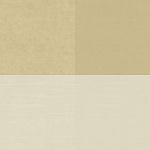
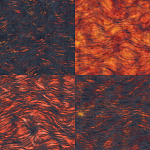
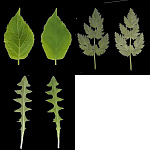
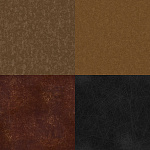
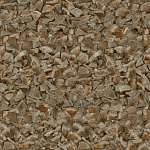
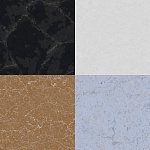
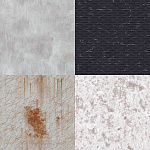
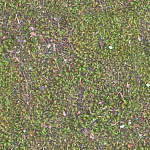
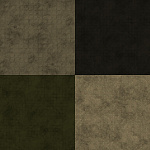
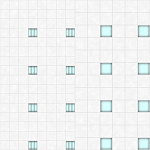
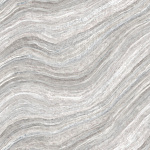
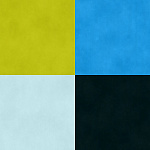
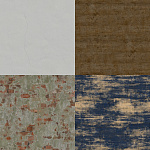
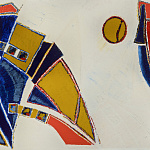
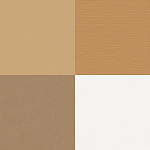
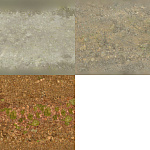
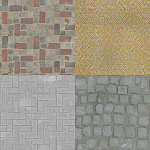
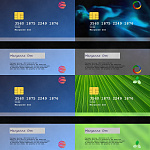
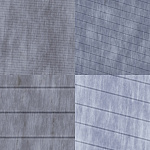
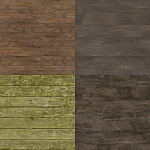
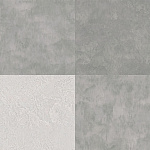
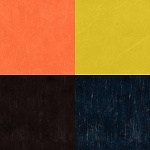
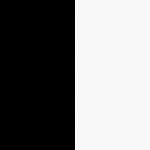
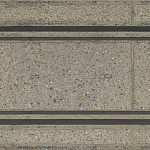
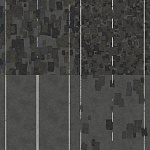
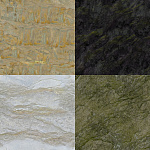
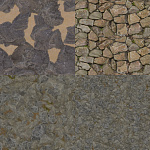
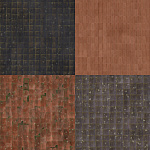
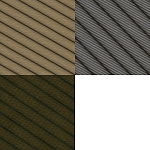
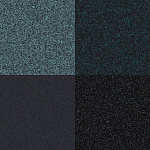
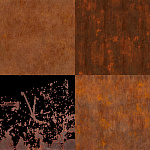
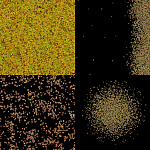
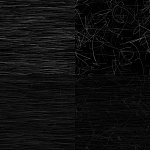
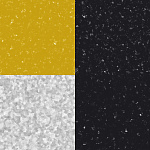
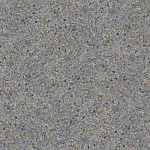
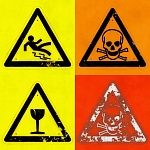
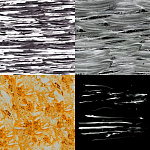
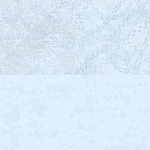
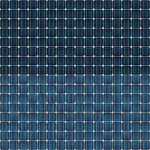
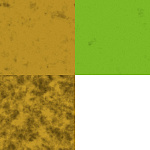
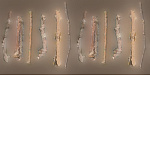
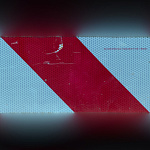
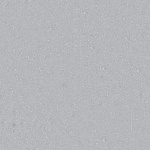
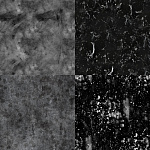
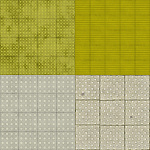
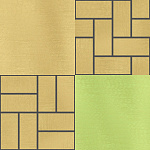
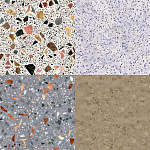
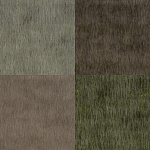
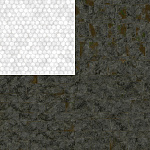
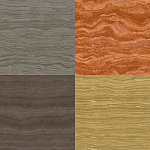
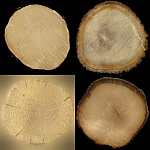
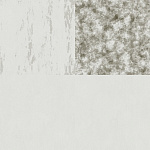
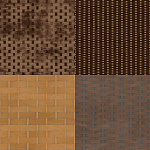
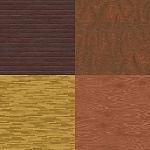
Seamless PBR Textures — Free Downloads for Blender, Unreal Engine, and Unity
Welcome to the tileable PBR texture library on AITEXTURED. Here you’ll find production-ready materials for 3D modeling, game development, VFX, and architectural visualization — from asphalt and brick to marble, metal, wood, and water. Each texture card includes a preview, real-time 3D VIEW, one-click downloads in 1K/2K/4K/8K, and the core PBR maps (albedo/base color, normal, roughness, metallic, AO, and height). Everything is optimized for Blender, Unreal Engine, Unity, and other DCC tools.
Speed up your workflow with our free tools: PBR Texture Generator, Online PBR Preview, Unity/Unreal/Blender Mapper, and 3D Texture Generator.
Why Choose AITEXTURED
- Seamless tiling: Materials repeat across UVs without visible seams on large surfaces.
- Complete PBR sets: Albedo, Normal, Roughness, Metallic, AO, Height — plus ORM packing where useful.
- Scalable resolutions: 1K–8K options to balance visual fidelity and memory budgets.
- Instant look-dev: Built-in 3D VIEW (sphere/plane/box) to judge specular response, microrelief, and tiling.
- Engine-ready mapping: Presets and map routing for Unreal, Unity (URP/HDRP), and Blender.
PBR Maps & Formats
We follow widely adopted PBR conventions to make importing textures predictable and fast.
| Map | Purpose | Usage Notes |
|---|---|---|
| Albedo / Base Color (PNG/WEBP) | Diffuse color, no lighting baked in | Feeds Base Color / Albedo in most engines. |
| Normal (DX/GL) | Micro-surface detail | Mind the convention: DirectX (green ↓) vs OpenGL (green ↑). Our Mapper converts automatically. |
| Roughness | Specular spread | 0 = glossy, 1 = matte. In Unity, Smoothness = 1 − Roughness. |
| Metallic | Metal vs dielectric | Dielectrics ≈ 0, metals ≈ 1. In packed maps usually channel B or per-engine convention. |
| AO (Ambient Occlusion) | Soft crevice shadowing | Multiplies into indirect/diffuse. In ORM it’s typically the R channel. |
| Height / Displacement | Parallax / true displacement | Use with Parallax Occlusion or tessellation/Displacement; tune scale carefully. |
| ORM (R=AO, G=Roughness, B=Metallic) | Efficient channel packing | Reduces texture samplers and improves runtime performance (popular for UE). |
Engine Mapping Presets
Unreal Engine
- Connect Base Color, Normal (DX/GL as needed), and ORM (R=AO, G=Roughness, B=Metallic).
- Optional Height for Parallax Occlusion.
- Use 4K/8K for hero assets and close-ups; 1K/2K for mid/Background elements.
Unity (Standard / URP)
- Albedo → Albedo, Normal → Normal.
- MetallicSmoothness (RGBA): R=Metallic, A=Smoothness (= 1 − Roughness). AO as a separate texture.
- URP follows the same logic; verify Smoothness handling in your shader variant.
Unity (HDRP)
- Mask Map: R=Metallic, G=AO, B=DetailMask (often 1), A=Smoothness.
- Base Color and Normal as usual. Add Height for Parallax/Displacement if required.
Blender
- Principled BSDF: Base Color → Base Color, Roughness → Roughness, Metallic → Metallic, Normal → Normal Map → Normal.
- AO can multiply into Base Color via a Mix node (Multiply).
- Displacement via Material Output → Displacement or via modifiers for high-poly meshes.
Preview & Tiling Checks
Every texture page includes an interactive 3D VIEW toggle to quickly evaluate:
- Seamless tiling across large UV areas (roads, walls, facades).
- Specular behavior and highlights under moving light.
- Roughness/metallic balance under various HDRI environments.
Want to test your own maps? Use Preview Texture Online to drag-and-drop Albedo/Normal/Roughness/Metallic/AO/Height. Need automatic per-engine packing? Try the Unity/Unreal/Blender Mapper.
How to Download
Open any texture, choose a resolution in the “Resolution” selector, then hit “Download”. Default is 1K; additional sizes include 2K, 4K, and 8K. For efficient scenes, prefer 2K for mid-shots and use 4K/8K selectively for hero props and extreme close-ups.
Popular Texture Categories
- Asphalt
- Brick
- Concrete
- Marble
- Metal
- Wood
- Rock & Stone
- Water
- Grass & Ground
- Rust & Corrosion
- Fabric & Leather
- Tiles & Ceramics
- Sand & Desert
- Snow & Ice
- Plaster & Stucco
- Plastic & Rubber
- Paper & Cardboard
- Glass
- Lava & Volcanic
- Bark
Generate or Enhance Your Materials
Can’t find a specific surface? Create it with the PBR Texture Generator or the 3D Texture Generator. Then validate the result in the online previewer and pack maps for your target engine with the Mapper. This pipeline saves hours of manual prep work.
Performance Tips
- Mipmaps: Always enable mipmap generation to reduce shimmering and aliasing.
- Resolution strategy: 1K/2K for background and mid-range, 4K/8K for hero assets.
- Channel packing: ORM/MaskMap cuts sampler count and improves runtime performance.
- Formats: PNG for authoring; for real-time target platform, consider BCn/ASTC/ETC or WEBP where appropriate.
Licensing
Check each texture page for its license. Unless stated otherwise, textures are usable in personal and commercial projects under the terms shown on the card (for example, redistribution of raw files without added value may be restricted). Always review the license block before publishing.
FAQ
What makes a texture “seamless” or “tileable”?
What is the minimal PBR set?
DX vs GL normals — which should I use?
Which sizes are available?
Can I modify and publish derivatives?
Get Started
- Pick a category above or use site search.
- Open a texture, toggle 3D VIEW, and check tiling and highlights.
- Download the needed maps at your target resolution.
- Import into UE/Unity/Blender and wire up nodes as outlined above.
Need unique surfaces for your project? Generate them now with PBR Texture Generator and 3D Texture Generator. Validate, pack, and ship — fast.
AITEXTURED Tools
Build, preview, and export seamless PBR materials. Generate full map sets from a single image, inspect them in a real-time WebGL viewer, and re-package maps for Unreal, Unity, and Blender—directly in your browser.
3D Texture Generator
AI text-to-texture: type a prompt and get a seamless, tileable base image ready for PBR workflows (great starting point for materials).
PBR Texture Generator
Create a full PBR set (Normal, Roughness, AO, Metallic, etc.) from a single image. Seamless and tiling-friendly.
Online Texture Preview
Instant WebGL viewer: inspect materials on a sphere, plane, and cube. Check tiling and lighting in real time.
Unity / Unreal / Blender Mapper
Re-packages maps per engine: Unreal (BaseColor + ORM), Unity (Mask/MetallicSmoothness), Blender (separate channels).
Image Converter
PNG ↔ JPG ↔ SVG: fast convert, SVG rasterize, embed/trace options, quality & background controls.